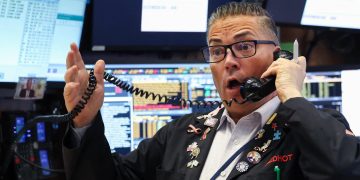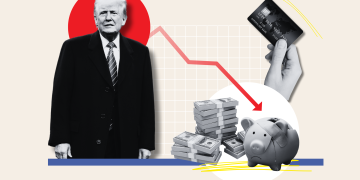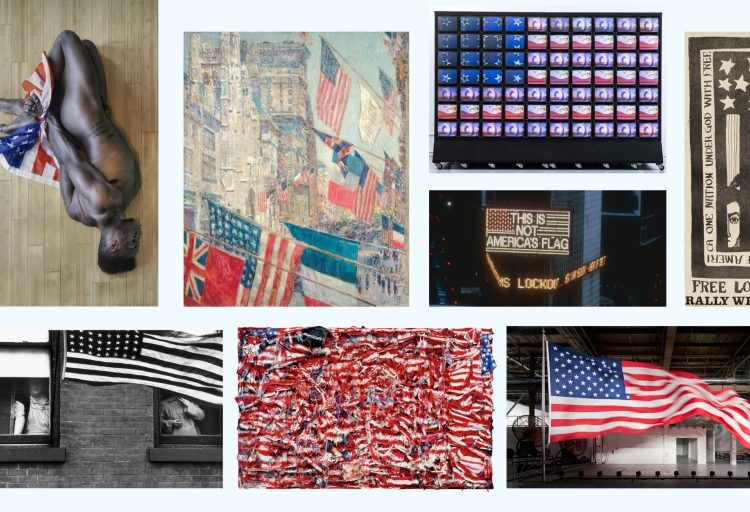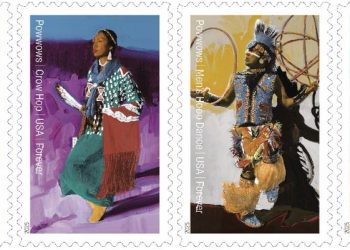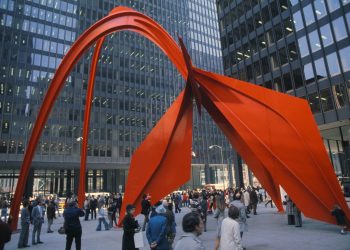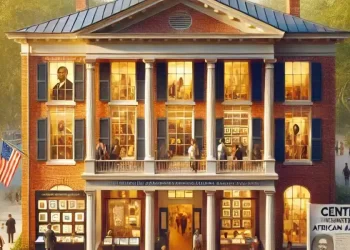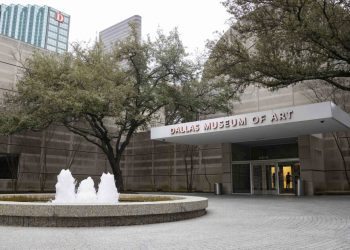In 1970, at the Judson Memorial Church in New York, Jon Hendricks, Faith Ringgold, and Jean Toche opened “The People’s Flag Show,” an art exhibition that has gone down in history not for what was on view but for what happened once the exhibition let visitors in. Shortly after it was inaugurated, police arrived at the show, which itself was intended as a protest against the widespread practice of charging people for desecrating the U.S. flag amid the Vietnam War. As it happens, the organizers would go on to face those very same charges.
Hendricks and Toche were arrested when police arrived at the church; Michele Wallace, Ringgold’s daughter, was very nearly detained, too, but Ringgold stepped in and called on officers to arrest her instead, since Wallace was a minor. In 1971, the three were made to pay $100 each. They narrowly avoided a jail sentence, and though they had gained what was technically a victory, they still used the occasion to sound an unpatriotic sentiment. “We have been convicted, but in fact it is this nation and these courts who are guilty,” they said.
As these events and the exhibition itself go to show, the American flag has been a poignant symbol for artists across the centuries. For many, it has been a way of rousing national pride and speaking to the country’s resistance in the face of adversity. For many others, it has been a means of critiquing the nation during times of war and a way of pointing out longstanding histories of…



